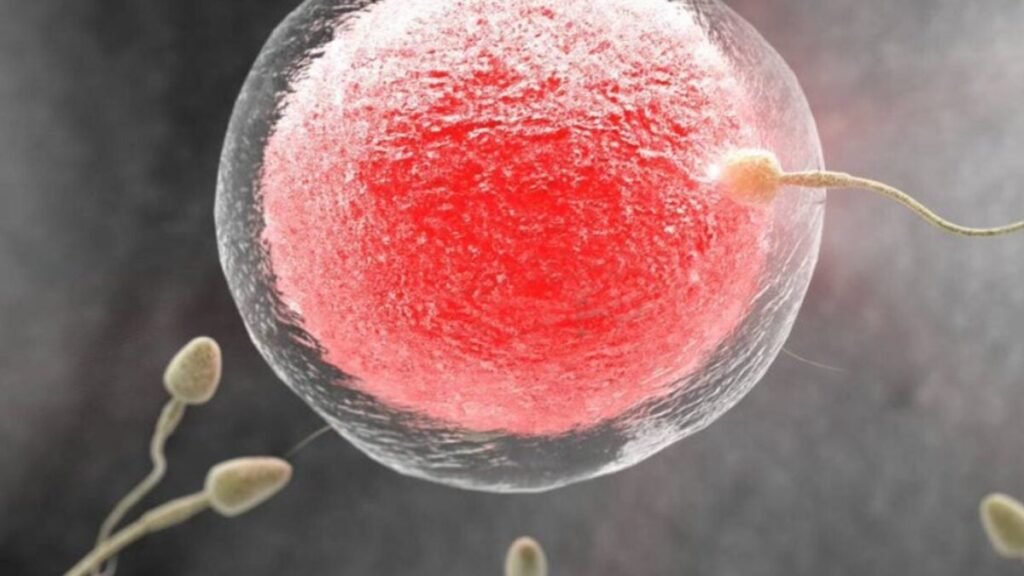“Skin-derived eggs: an analysis of the experiment that could revolutionize infertility”

The field of reproductive medicine has recently achieved a breakthrough that sounds like it’s straight out of science fiction. Human eggs have been successfully created from skin cells for the first time. This groundbreaking achievement, published in Nature Communications, not only offers hope to women who lack viable eggs but also sparks profound ethical and social debates about the boundaries of biotechnology. This pioneering experiment has the potential to revolutionize the future of infertility.
From skin to the laboratory: the technique behind the breakthrough
Scientists developed a procedure where they extracted the nucleus of donated skin cells and inserted it into eggs that had been emptied of their own genetic material. The main challenge was adjusting the number of chromosomes, as skin cells have 46 chromosomes while eggs only have 23. To overcome this obstacle, they utilized a technique called mitomeiosis, which mimics the natural process of chromosomal reduction.
Thanks to this method, 82 eggs were created and fertilized in the laboratory. Around 9% of these eggs reached the blastocyst stage, but none were implanted to comply with international ethical regulations.
Limitations and challenges ahead
Despite the eggs behaving like gametes, many displayed chromosomal abnormalities, affecting their viability. Experts stress that this study is still experimental and far from being applied clinically, as the eggs did not survive beyond six days of culture.
This achievement marks a significant advancement, but essential questions linger: How can the technique be perfected to produce stable and safe eggs? What genetic risks might arise in embryos developed through this method?
The voice of specialists
Fertility specialist Ester Polak views these results as a crucial step towards providing alternatives for patients reliant on gamete donation, although she underscores the need for further research.
Embryologist Yolanda Cabello finds this advancement exciting but stresses the necessity of an open and ethical discussion regarding its utilization. She also warns about the potential for this technique to lead to trait selection or be limited to those with financial means.
Specialist Romina Pesce from Argentina describes this work as fabulous, highlighting that it’s another step towards reducing chromosomes and achieving successful fertilization.
Science, ethics, and the reproductive future
The creation of eggs from skin cells presents both opportunities and challenges. While it offers a chance for women without viable eggs to have genetically related children, it also poses social and ethical dilemmas that science, regulators, and society must address together.
Despite the current limitations, this experiment clearly demonstrates that reproductive biology is entering an era where what was once deemed impossible is becoming achievable.






